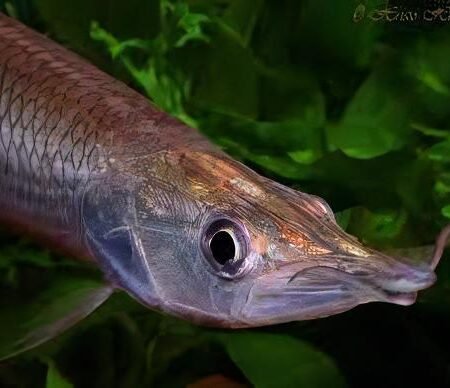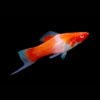To provide the best experiences, we use technologies like cookies to store and/or access device information. Consenting to these technologies will allow us to process data such as browsing behaviour or unique IDs on this site. Not consenting or withdrawing consent, may adversely affect certain features and functions.
The technical storage or access is strictly necessary for the legitimate purpose of enabling the use of a specific service explicitly requested by the subscriber or user, or for the sole purpose of carrying out the transmission of a communication over an electronic communications network.
The technical storage or access is necessary for the legitimate purpose of storing preferences that are not requested by the subscriber or user.
The technical storage or access that is used exclusively for statistical purposes.
The technical storage or access that is used exclusively for anonymous statistical purposes. Without a subpoena, voluntary compliance on the part of your Internet Service Provider, or additional records from a third party, information stored or retrieved for this purpose alone cannot usually be used to identify you.
The technical storage or access is required to create user profiles to send advertising, or to track the user on a website or across several websites for similar marketing purposes.















Emily Carter (verified owner) –
I recently introduced Koi Kohaku Swordtails (Xiphophorus Hellerii) to my aquarium, and I couldn’t be happier! After about two weeks of observing them, I can tell they are not only stunning but also full of personality. The vibrant red and white patterns on their bodies are absolutely eye-catching and they glide gracefully through the water. I’ve noticed them interacting with my other tropical fish, which is a huge plus for my community tank.
Before this, I had plain swordtails, and the difference is night and day! These Koi Kohaku swordtails are more active and curious, making my aquarium come alive. They seem to thrive in my setup, which includes plenty of plants for cover and open swimming space. The shipping was prompt and they arrived healthy, which is always my primary concern when adding new fish.
A minor note to consider is that they can be a bit shy at first, but with time and a little patience, they really warm up to their surroundings. I highly recommend these beauties to any aquarist looking to add vibrant life to their tanks. They would be perfect for both beginner and experienced fish keepers alike. Overall, I’m ecstatic and would definitely buy them again!